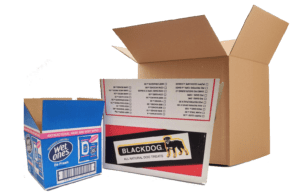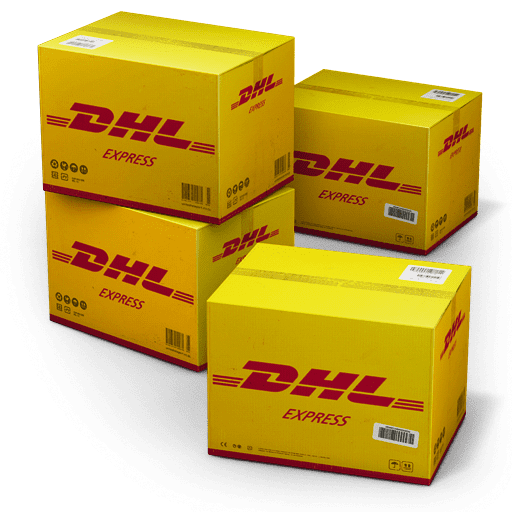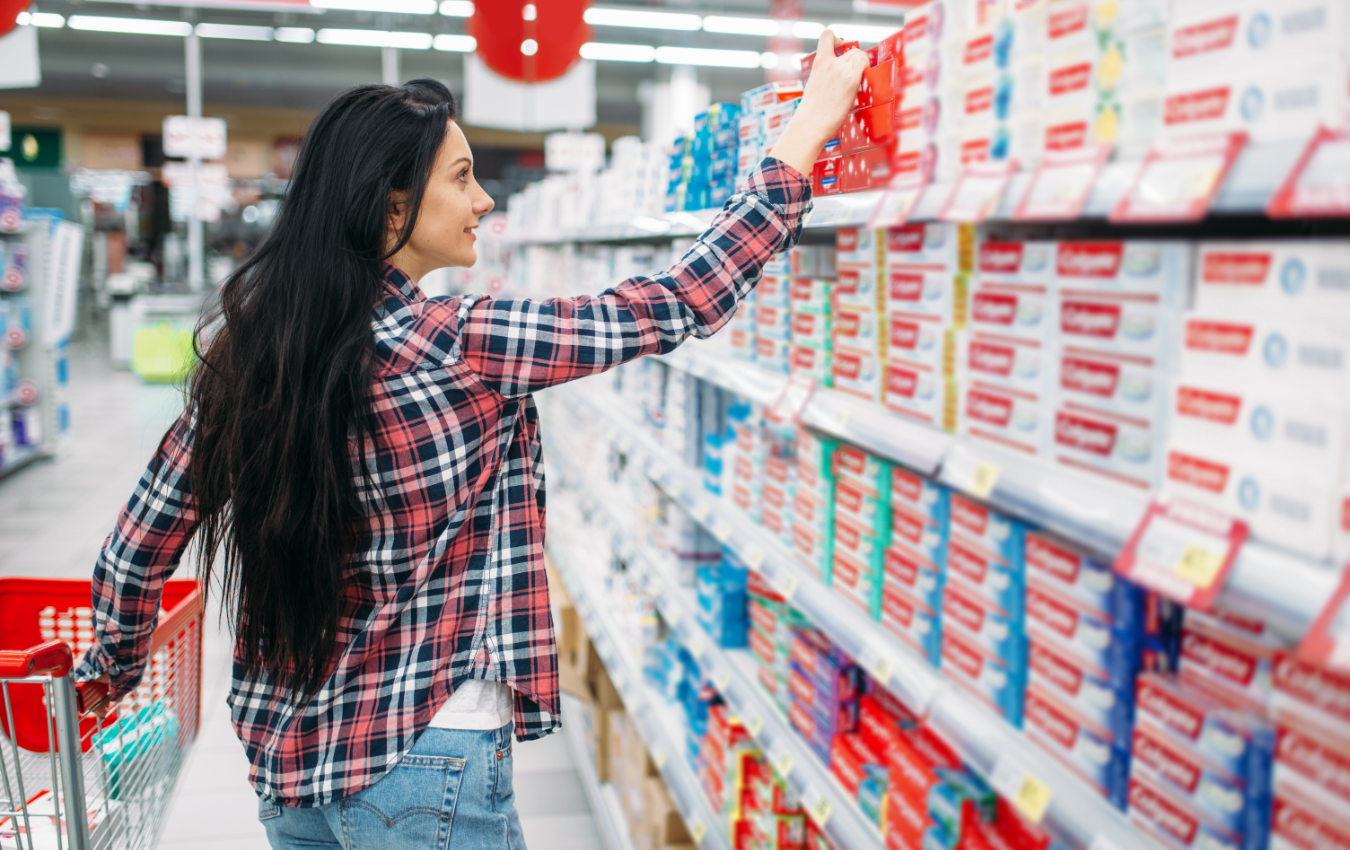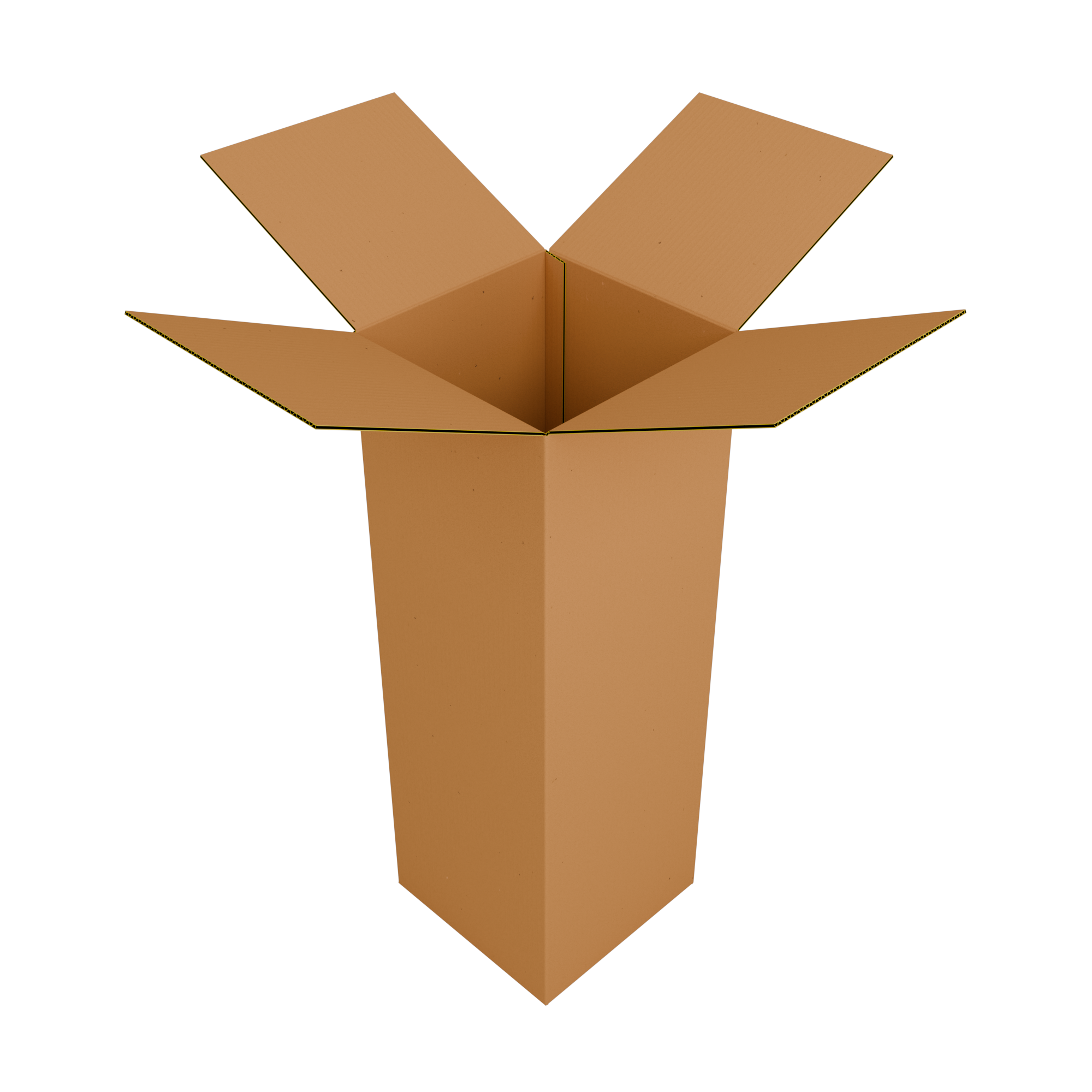Home » The Manufacturing Process of Corrugated Boxes
The Manufacturing Process of Corrugated Boxes
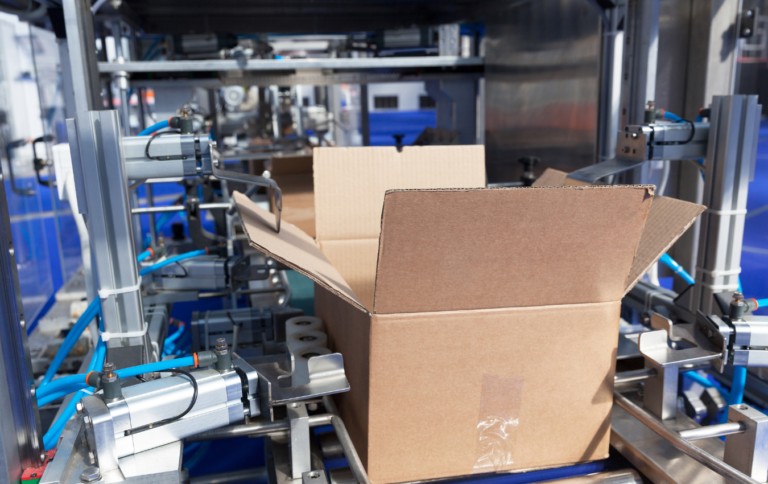
Whether storing household items, packing for a move, or packaging products for shipping, we often take corrugated boxes for granted. They offer strength, durability, and protection for their contents, making them indispensable for a wide variety of uses.
Today, we’re going to peek behind the curtain and understand the process of creating these boxes. The process is quite fascinating and involves several key steps that ultimately result in the production of a corrugated box.
Corrugated cardboard is the material of choice for many types of packaging and is specifically designed to be both light and sturdy. But what makes this material so unique?
What is Corrugated Cardboard?
Corrugated cardboard is a type of paper-based material consisting of a fluted corrugated sheet and one or two flat linerboards. The corrugated or fluted layer provides strength and rigidity while remaining lightweight, while the linerboards provide a smooth surface suitable for printing.
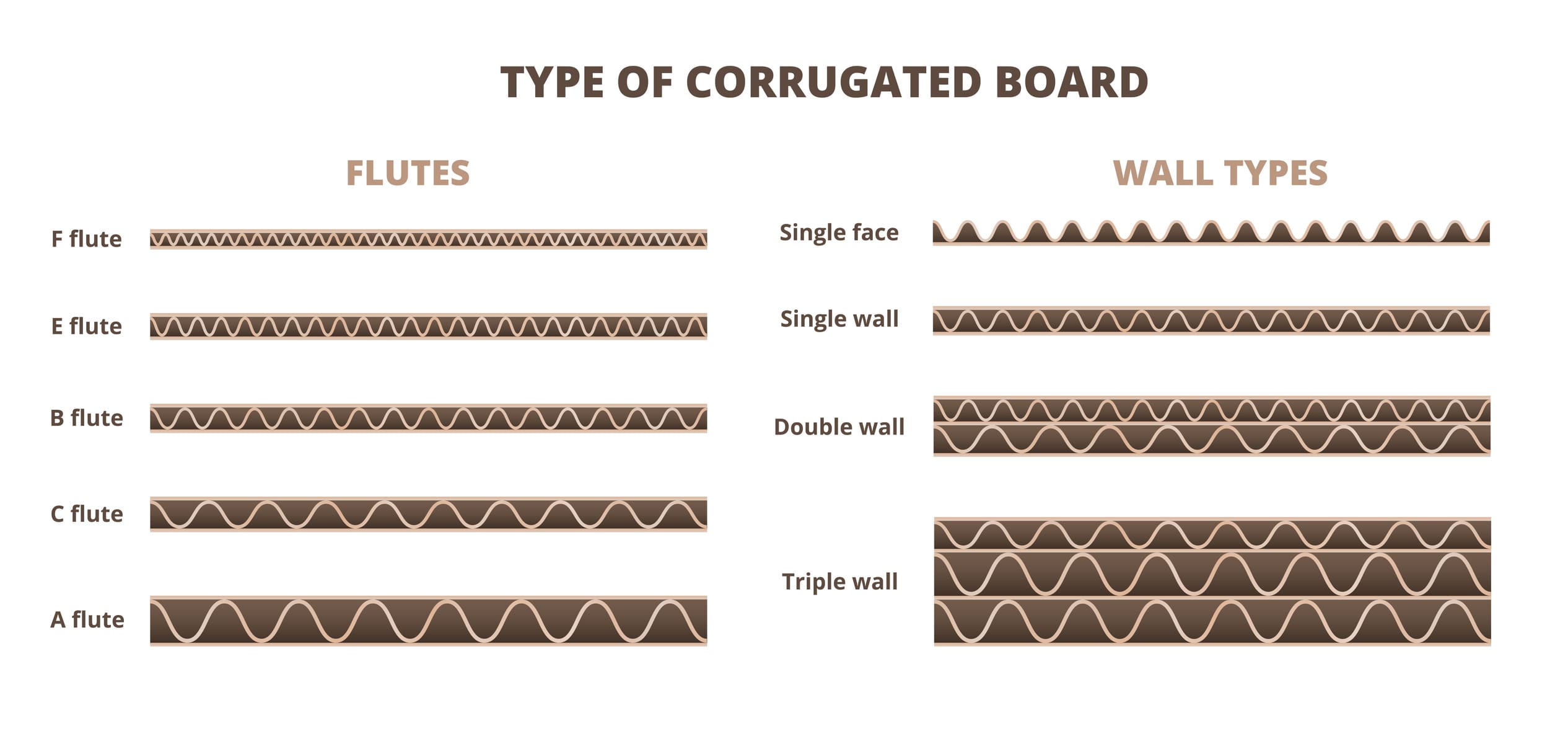
The Corrugated Box Manufacturing Process
The manufacturing process of corrugated boxes involves several stages. Here is an inside look into the entire process:
Pulp Preparation
The process begins with the creation of paper pulp. This pulp is made from tree logs that are stripped of their bark, chipped into small pieces, and then cooked to break them down into a soupy mixture. This pulp is then bleached, cleaned, and transformed into a paper substance by pressing and drying.
Making the Corrugated Cardboard
The next step is to create the corrugated cardboard. A machine called a corrugator takes huge rolls of paper and heats them to approximately 200 degrees Celsius to make them pliable. Adhesive is then applied to the tips of the corrugations, and the outer liner is glued to them. Another adhesive is then applied to the other side of the corrugated medium, and the other liner is attached, creating a complete corrugated cardboard sheet.
Cutting and Printing
Once the corrugated cardboard is made, it is cut and printed based on the specifications of the order. Large sheets of the cardboard are cut into box blanks, which are simply flat pieces of corrugated cardboard that are ready to be folded into boxes.
At this point, if the boxes need to be printed with text or images, the printing process happens. Flexographic printing is most commonly used, which uses flexible relief plates to apply the desired image or text to the box.
Folding and Gluing
The box blanks are then sent to a machine that folds them into the shape of a box. This machine also applies glue to the areas that need to be attached to create the box’s final shape. The glue is typically applied to the manufacturer’s joint, which is the one edge of the box that is glued during the manufacturing process.
Bundling and Shipping
Finally, the boxes are bundled together and prepared for shipment. They are often tied together in bundles of 25, 50, or 100, depending on their size. These bundles are then stacked onto pallets and wrapped in plastic for protection during transport.
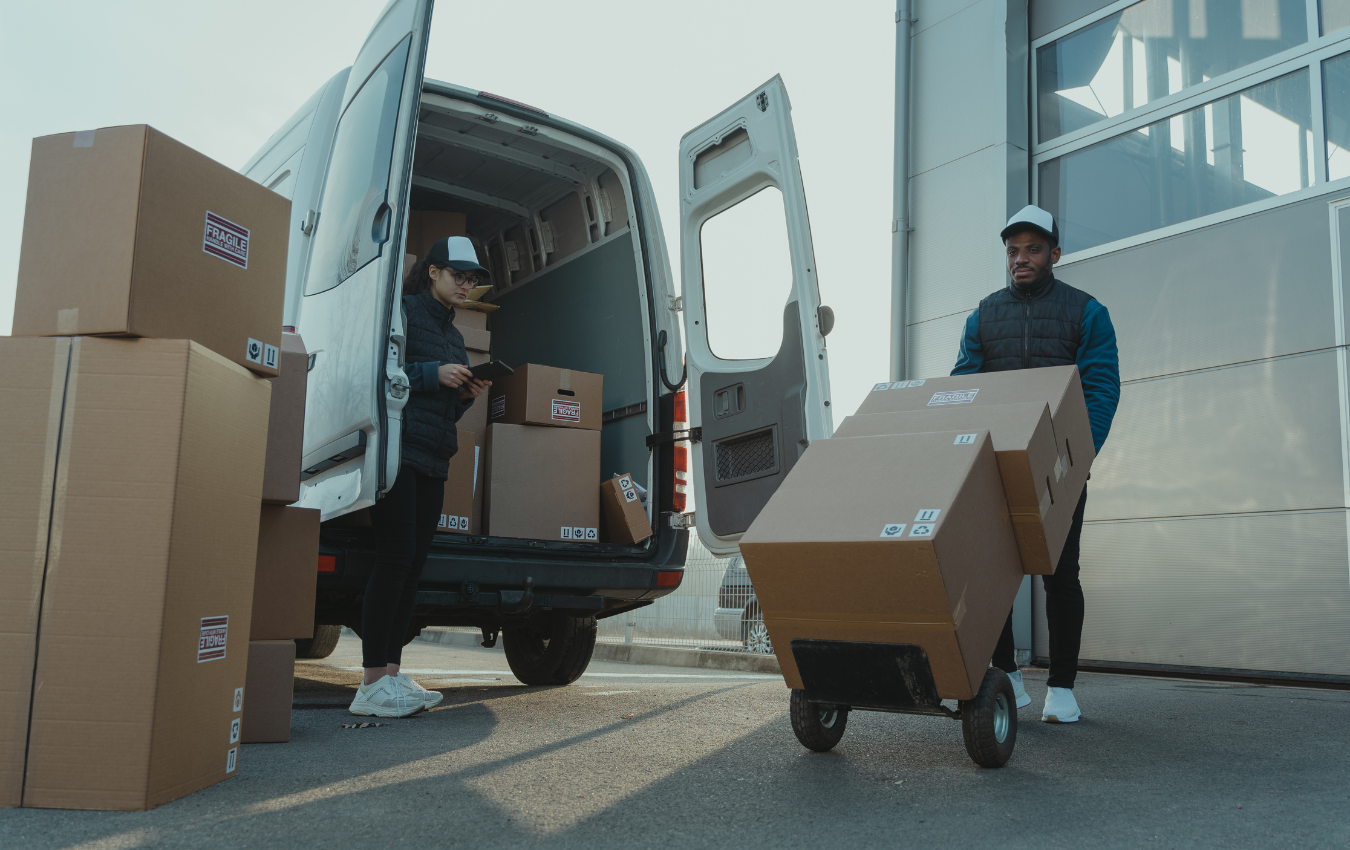
The Importance of Corrugated Boxes
Corrugated boxes aren’t just useful; they’re a necessity in our modern world. With e-commerce booming and the continuous need for shipping goods globally, corrugated boxes provide the strength and durability required to protect products from the warehouse to the consumer’s doorstep.
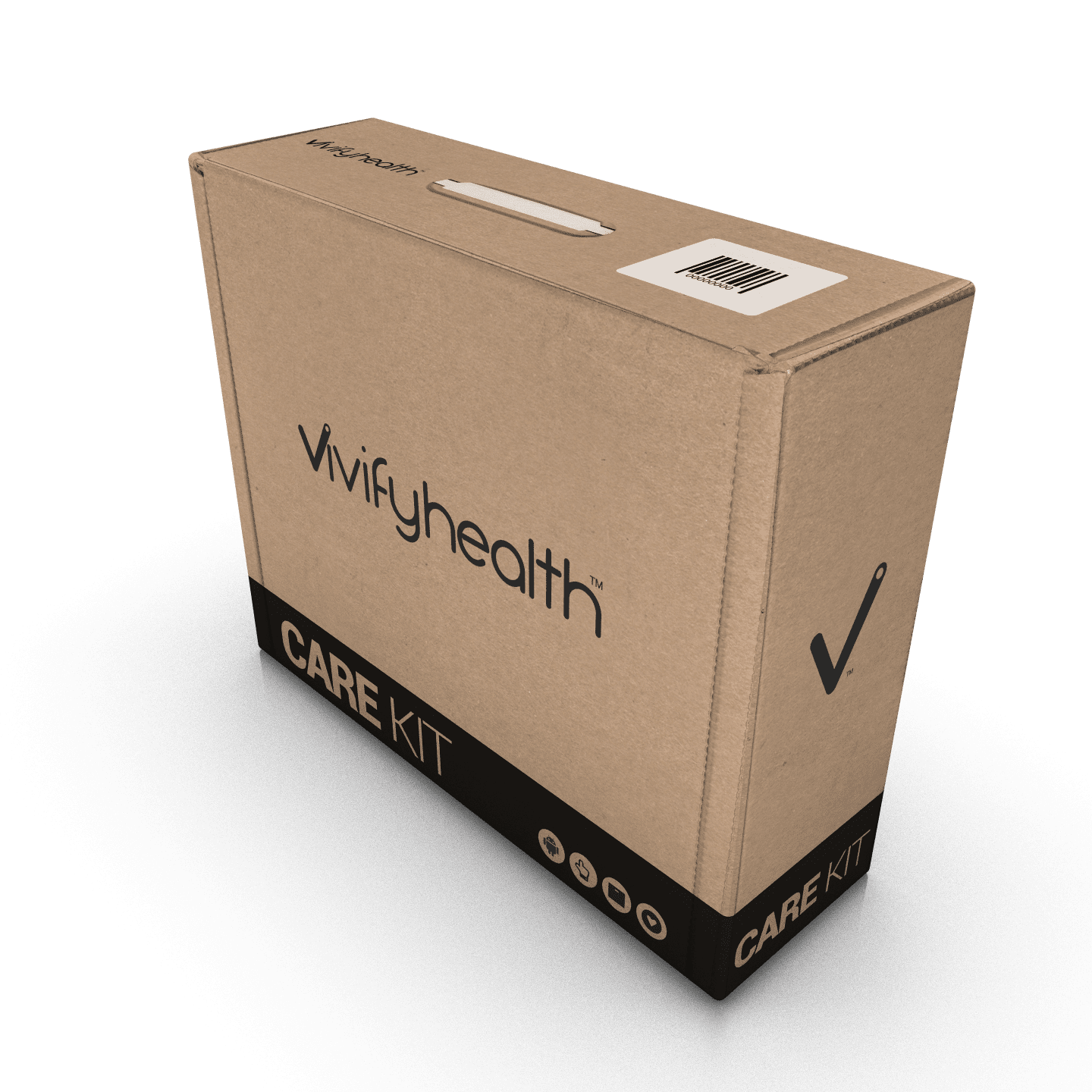
The Future of Corrugated Box Manufacturing
Looking ahead, the corrugated box industry continues to innovate and improve its manufacturing processes. Sustainability has become a major focus, with efforts to increase recycling and reduce waste becoming increasingly important. This focus on sustainability aligns with the growing consumer demand for environmentally-friendly packaging.
Moreover, the integration of advanced technologies, such as automation and AI, into the manufacturing process can boost efficiency and accuracy, further revolutionizing the industry. Indeed, the humble corrugated box continues to play a crucial role in global commerce, and its production process will undoubtedly continue to evolve and improve in response to shifting consumer needs and technological advancements.
To conclude, the manufacturing process of corrugated boxes is a fascinating journey from tree to final product. The meticulous steps undertaken to create these strong, versatile boxes demonstrate the ingenuity and efficiency of modern manufacturing. We hope this deep dive into the process gives you a new appreciation for the seemingly simple corrugated box and its important role in our everyday lives.
If you are interested stock or custom corrugated boxes, then partner with Brown Packaging today to get started.
As tariff changes reshape global trade, packaging buyers moving production from China to the U.S. or nearshore regions face a new challenge: supplier qualification. Transitioning supply doesn’t end once a
With new tariff proposals and continued trade uncertainty, 2026 is shaping up to be another pivotal year for packaging sourcing strategy. Many companies that shifted production away from China in
Following multiple rounds of tariff changes and trade policy adjustments, 2026 marks a turning point for U.S. packaging buyers. Many who previously transitioned from China to domestic or nearshore suppliers
Shifting packaging production from China to the U.S. can help stabilize costs, reduce tariff exposure, and shorten lead times. But the transition process requires careful planning. For packaging buyers, the
Home » The Manufacturing Process of Corrugated Boxes


